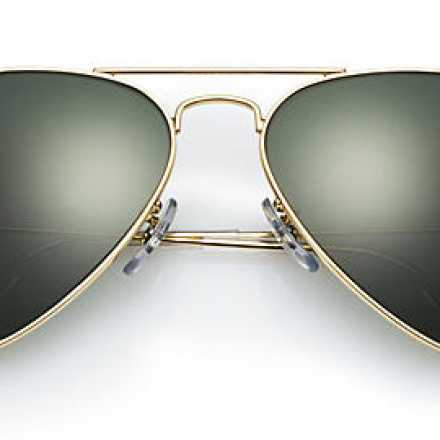
High Definition Eyeglasses Lens
“HD”, “Hi-Def” or “High Definition” has been attached to every word that technological advancement brought for the audio-video systems. HD television, HD video, HD audio, HD photo, and so on.
When we hear of HD TV, we have the idea that this kind of television has better resolution than the standard TVs. Now imagine this digital power being imbued in the technology of your very own eyeglasses.
Clients coming in eye centers or optical shops for corrective glasses sometimes verbalize dissatisfaction with their treatment. And despite of a 20/20 vision they might still complain of poor quality vision.
This is the kind of situation that is encountered by people with higher-order aberrations (HOAs) or complex vision errors. HOAs are associated with blurry vision, poor contrast, ghost images, poor night vision, halos, starbursts and glares.
What High definition lenses promise to offer:
• Superb image quality
• Customized correction
• Highly optimized digital lenses for every prescription
• Smooth zone-to-zone transition for progressive lenses
Will you benefit from HD lenses?
Anyone can opt for HD lenses and can benefit to a certain extent. People who have mild prescriptions and/or having good quality 20/20 vision with their glasses might not benefit much from these more expensive lenses. Reason behind is that the difference might not be significantly noticeable compared to those who are using stronger corrections.
Free Form Lenses
This is the most popular type of high-definition lenses. The free-form technology manufactures digitally customized lenses. The process involves a high-level of computer-aided design and surfacing to produce lenses for a specific prescription and frame.
This process of designing and surfacing is more precise compared to conventional lens making as it works with 0.01 dioptre power increments rather than the conventional 0.25 dioptre increments. Think of it as fine-tuned digital lens production. Single-vision lenses and progressive lenses can be designed using free-form technology.
The wearer’s eye and facial features are also taken into consideration. Upon selecting your frame, several measurements will be taken. With the selected frame, how are your lenses positioned in front of your face? What is the angle between the eye and the back surface of the lens relative to eye movement and head tilt? What is the position of the pupil in relation to the size of the frame? These are questions that are being considered when designing your lenses.
Wavefront Lenses
Wavefront technology has been originally developed for Laser In-situ Keratomileusis (LASIK) eye surgery. Measurements are taken using a computerized instrument that emits light waves into the eye, which reflects back off of the retina. The reflected “wavefront” of light is analyzed and generated into a map of your eye.
Now the same technology can be used to design customized lenses to address both low-order and high-order aberrations of the eye. The lenses are then manufactured through a computer-aided process with corrections based on the unique mapping of your eye.
High-Definition lenses are designed and manufactured through a sophisticated process involving technology-advanced machines. Which is why choosing these kinds of lenses will cost you more than having conventional lenses of the same material.
It is unquestionable that HD lenses thus provide better image quality and comfort to the wearer, but the actual effect is subjective to every user. If the advantages outweigh the cost, then HD lenses are definitely for you.








